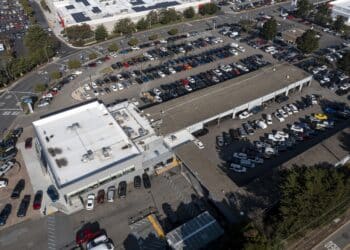ABS Players Eye Rising Used Inventory
 As trade-ins increase and leased cars get returned, auto companies’ finance arms will play a crucial role in just how far the values of those used cars go down, and in turn, how those price shifts impact big picture lease and used ABS issuance over the next few years.
As trade-ins increase and leased cars get returned, auto companies’ finance arms will play a crucial role in just how far the values of those used cars go down, and in turn, how those price shifts impact big picture lease and used ABS issuance over the next few years.
That was the answer from panelists at a consumer roundtable at the ABS East conference this week in Miami Beach in response to a question from Auto Finance News.
Auto manufacturer captives have flexibility in moving cars that return from lease to dealership, and by moving them around strategically, they are able to maximize the value they’re going to get for that car, according to Amy Sze, executive director JP Morgan Securities LLC. She said viewing the next few years from the ABS universe, auto finance management activity will matter greatly. For one thing, it means efficient servicing and debt collection will be essential.
It’s no secret that the great lease return is likely to put pressure on used values. And Theresa O’Neil, ABS Strategist at Bank of America/Merrill Lynch said the ABS folks will be watching how the OEM’s handle those pressures as they push used prices downward. From the investor and analyst side, trends will need to be monitored closely, with the sharpest eyes trained on manufacturer production schedules and incentives. ABS players will be looking to see how much inventory is building up at the individual dealer level. That inventory will likely impact ABS valuations, O’Neil said.
She said the off- lease product trade-in movement patterns will be key.
We’re at a point in the cycle where people who bought cars five years ago are looking to trade-in and upgrade to new vehicles, she said. That has placed pressure on used car prices as early as this past August.
Nonetheless, in her view these type of seasonal patterns are normal.
“Dealerships will tell you that their best days are all behind them. We are back to more normalized production levels at the OEMs,” said O’Neil.















